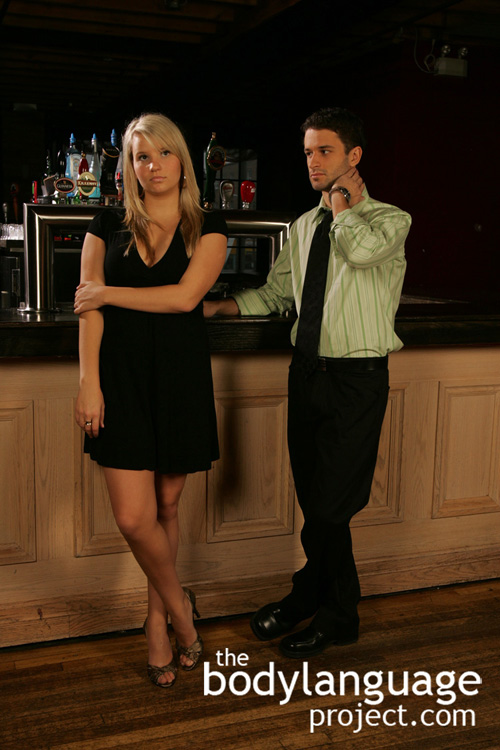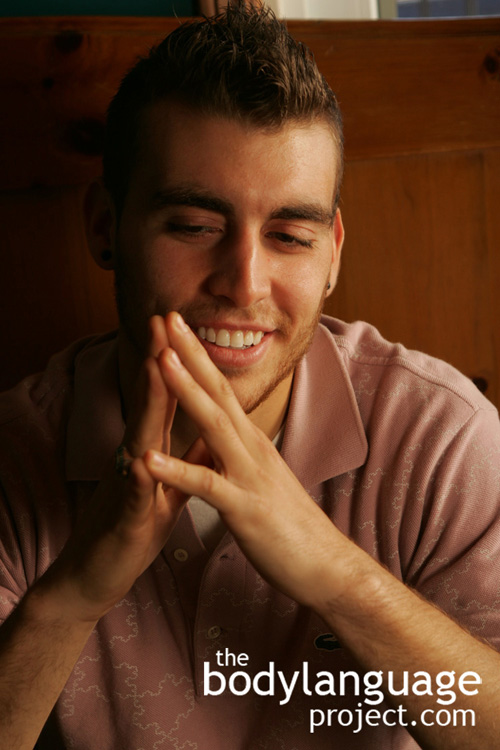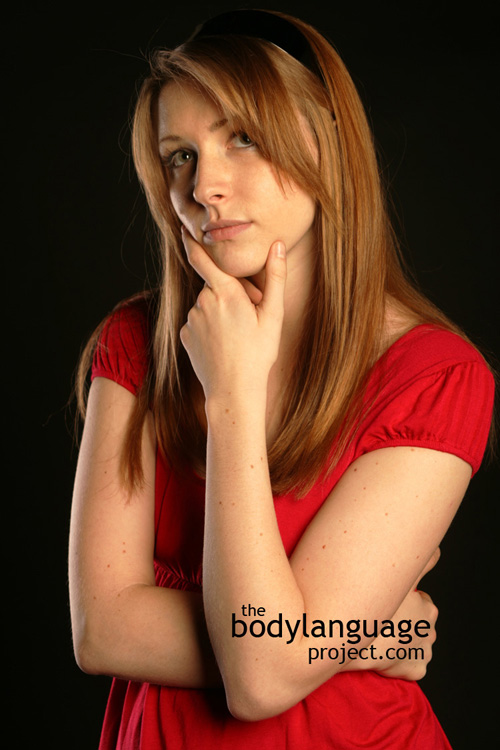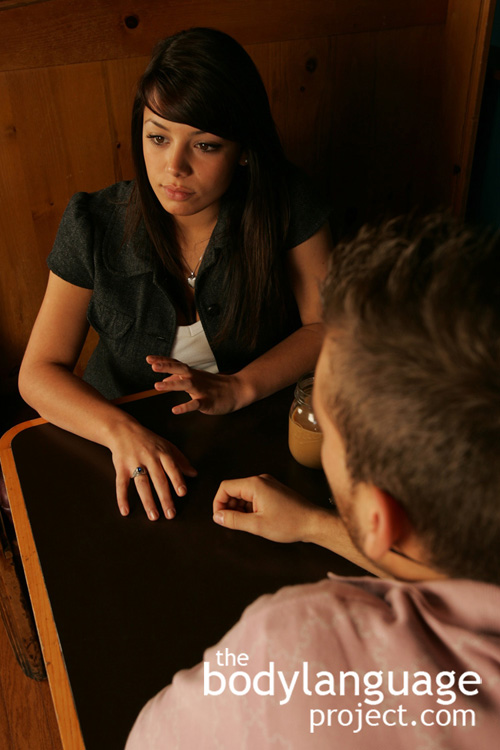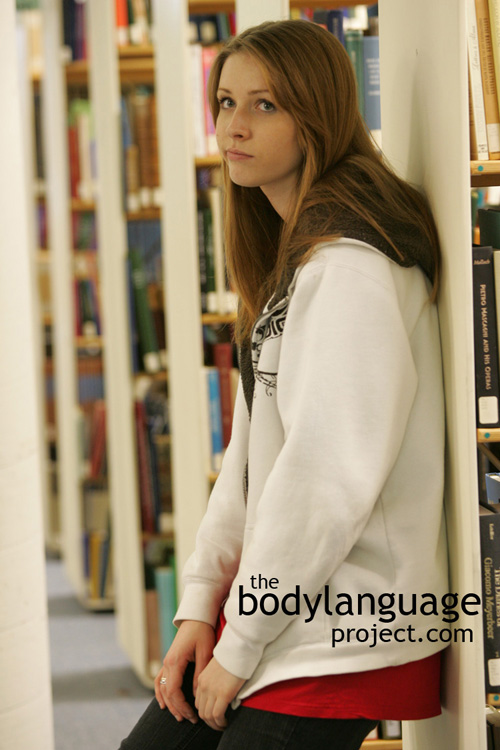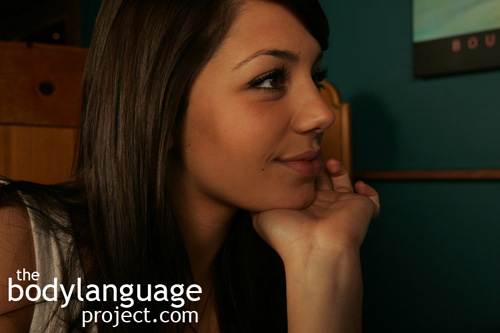The neck hold, scratch or rub is a response to negative feelings. It is a restraint posture as in “holding one’s self back” as one might do to a wily cat or dog by grabbing them by the scruff of the neck. In this case, though, we are doing it to ourselves. While not a full blown emotional displacement posture it does serve to alleviate the negative sensation we have. Like taking medicine fixes illnesses, and an itch fixes a scratch a gesture treats and underlying emotion. Not until we allow ourselves the opportunity to do the gesture can we treat our underlying emotion. This is what makes gestures and postures in body language so predictive of emotional roots. They are connected.
Touching the back of the neck is not the same as touching any other part of the neck such as the side, which can be used as a filler gesture to pause for thought, or the front which can be used to show sexual interest in a dating context. Scratching the back of the neck, rather, is a primitive gesture, that is a response to arrector pili muscles in the scruff that our body uses to make our hair stand on end. The arrector pili are a microscopic band of muscle tissue that connects hair follicles to the skin. When stimulated, the muscles contract and cause the hair to turn upward and perpendicular to the skin surface, or stand on end. While the purpose of the muscles in humans is vestigial, meaning they are an evolutionary throwaway, they were once used to trap air next to the skin to help keep the body warm. Other uses are for display and competition to make the body appear larger and more threatening. You have probably seen a domestic cat put its hair up when challenged by another cat. In porcupines, the muscles contract to bring the quills up as a defense. As a defense, and for heat retention for people, the purpose of the arrector pili is laughable at best, but our bodies still react to cold and fear, even aggression by stimulating the muscles. A cold chill down the spin and “goose bumps” or “goose pimps” is a reference to the same thing. When we reach for our scruff, we are showing an evolutionary throwaway to a time when our hair would have stood on end!
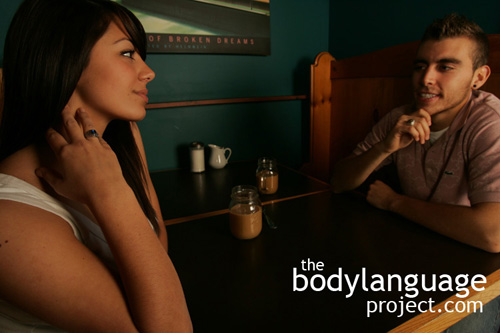
Neck touching can be a positive signal when it’s done in the right context – here neck exposure shows comfort and attraction.
Neck touches are therefore, connected with negative thinkers and restraint. To discover the true meaning of the gesture, we need to look at this cue in context accompanied whatever other cues are present. For example, let’s imagine two men in a bar, one of which is yelling and swearing promising to send him to the next county, while the other, much larger and more muscular wearing an official MMA (mixed martial arts) attire, keeps his distance holding his arm to his neck. What is the MMA fighter doing here, is he thinking negative thoughts, or holding himself back from using his fighting skills to defend himself. I think the answer is obvious. The context tells us exactly what is happening. The neck hold, versus a scratch can be in response to making a mistake and trying to take it back as in “Whoops, sorry, that was stupid of me and I won’t do it again.” The neck rub or hold can be seen when being verbally assaulted by a boss, here what is said is “He’s a real pain in the neck.” Even my nine-month-old son thinks I’m a pain in the neck when I won’t let him do something dangerous! Since he’s just little he can’t reach all the way back, so his arm comes up and back at about ear level when I tell him he can’t do something. If he just laughs, I know he hasn’t really taken me seriously. When that happens I re-iterate my instruction making sure he gives me some sort of retrained gesture or given me eye contact.

